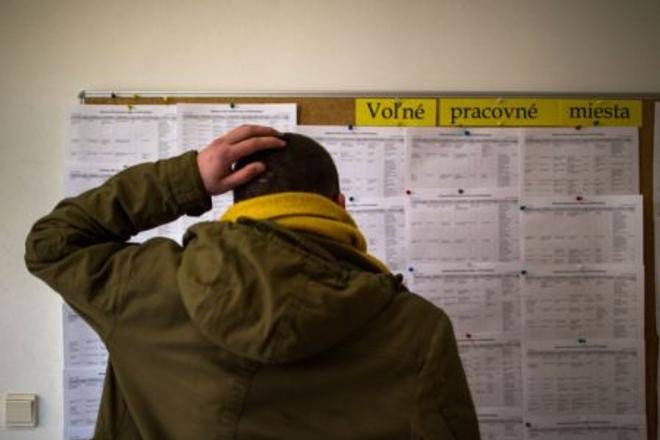In January, unemployment in Slovakia fell and rose at the same time. The reason is the change in methodology. The registered unemployment rate fell slightly to 5.82 percent in January from 5.9 percent in the previous month; while the new indicator, the unemployment share, rose to 4.44 percent from December’s 4.37 percent.
“We were surprised by the change in the headline methodology for January, even though the Central Office of Labour, Social Affairs and Family had used the new indicator a couple of times in its press releases last year,” Michal Lehuta, macroeconomist with VÚB bank, told The Slovak Spectator.
The total number of unemployed people rose from 178,000 people in December to almost 181,000 in January. However, the Central Office of Labour, Social Affairs and Family (ÚPSVaR) is now counting unemployment from the entire working-age population, i.e. about 3.7 million people, rather than from the economically active population, which is roughly 2.8 million people. The data then show lower unemployment rates, the Denník N wrote.
Change in methodology
Inspired by the Czech Republic, the Slovak Labour Ministry changed the headline methodology for calculating unemployment as of January. Instead of the registered unemployment rate calculated from available job applicants, i.e. those able to take jobs immediately, and the number of economically active persons, it uses the share of available job applicants of working age of total citizens of working age.
“One of the several benefits of the new indicator is a more detailed tracking of unemployment,” Labour Minister Milan Krajniak said about the new indicator, as quoted in a press release. “We will have data at the municipal level, whereas previously we had them at the district level. This is something that will help us to better target help for people.”


 The ÚPSVaR changed methodology to report the jobless rate. (source: SME)
The ÚPSVaR changed methodology to report the jobless rate. (source: SME)